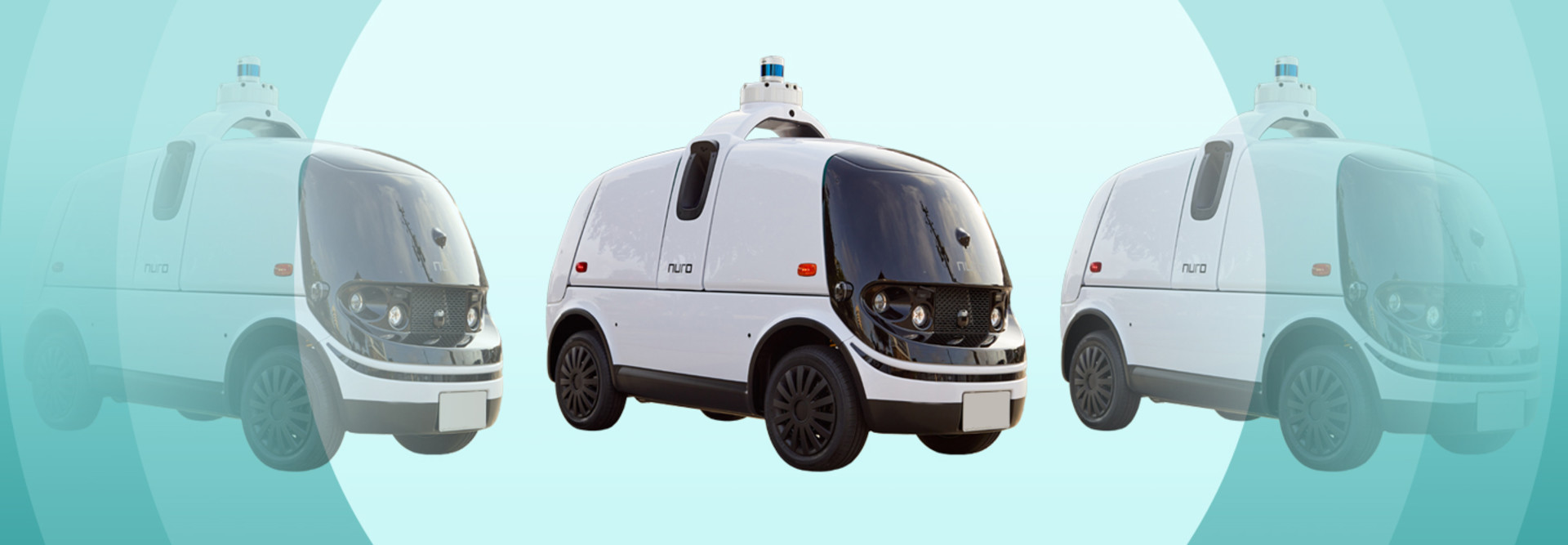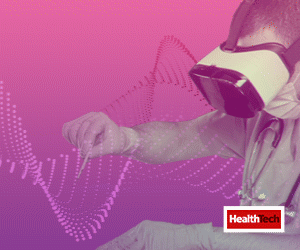Self-Driving Healthcare Vehicles Offer Delivery on Demand
Using autonomous vehicles to deliver medicine or healthcare services is another promising scenario, says Matt Arcaro, a transportation analyst at IDC.
He pointed to CVS Pharmacy, which in June launched a pilot program using a fleet of Nuro autonomous vehicles to bring prescriptions and other essentials free of charge to customers in the Houston metropolitan area.
There’s much more to the idea than novelty: “The ability to deliver that treatment direction to the patient decreases the risk of them not taking it,” Arcaro says, adding that measures such as biometric security for delivery or refrigerated compartments could support mobile pharmacies and clinics.
“It provides choice and access to people who live in rural areas or who are elderly.”
Autonomous Ambulances and Safety Fuel Continued Debate
Self-driving vehicle technology might one day support autonomous ambulances that reduce dependence on drivers and allow staff to focus on sick passengers. But plenty of legal and logistical hurdles remain.
A human ambulance driver, after all, can circumvent the rules of the road.
Beep is working with the National Highway Traffic Safety Administration to get waivers to exceed restrictions on self-driving technology capabilities. The industry is progressing rapidly, so close collaboration is vital, Arcaro says.
DRONES IN HEALTHCARE: Discover how the tools deliver supplies and save time.
Over time, autonomous medical vehicles could find greater acceptance, especially among populations with limited access to healthcare, says Joseph Keebler, an associate professor at Embry-Riddle Aeronautical University.
“People react negatively because it’s not the way yet,” says Keebler, who has published research on public perceptions of self-driving ambulances. “They can’t conceive of that reality.”
A holistic integration into the healthcare ecosystem, from dispatch to patient delivery, will require intense and ongoing review.
“You have to get frontline providers involved,” Keebler says. “How does this change the work life of an EMS agent, paramedic or trauma surgeon? We need to do usability research to figure this out, and we have to do that meticulously.”











